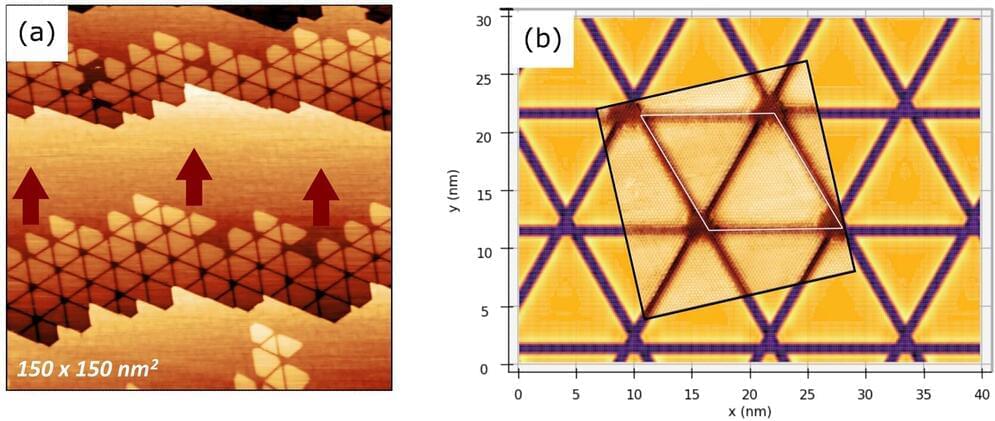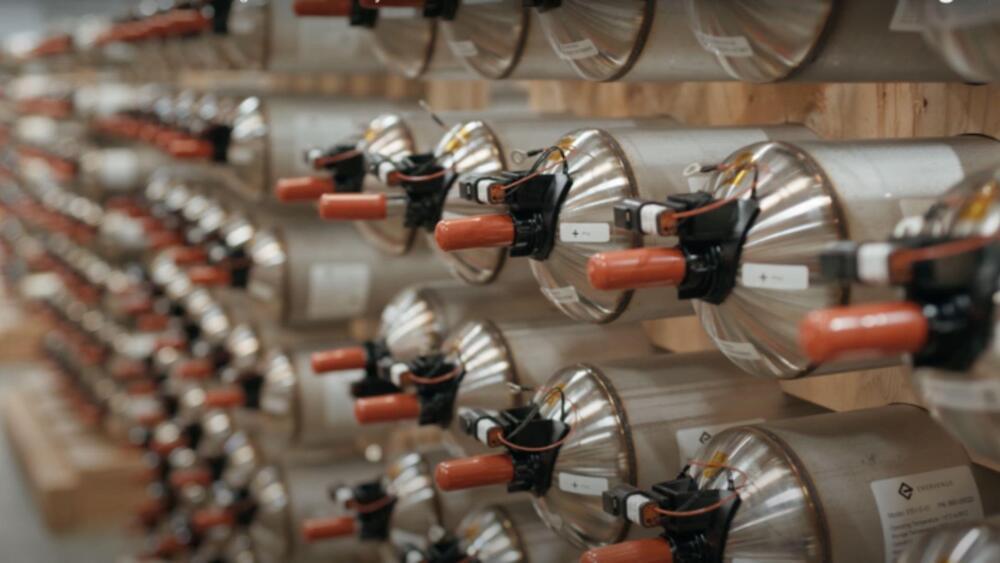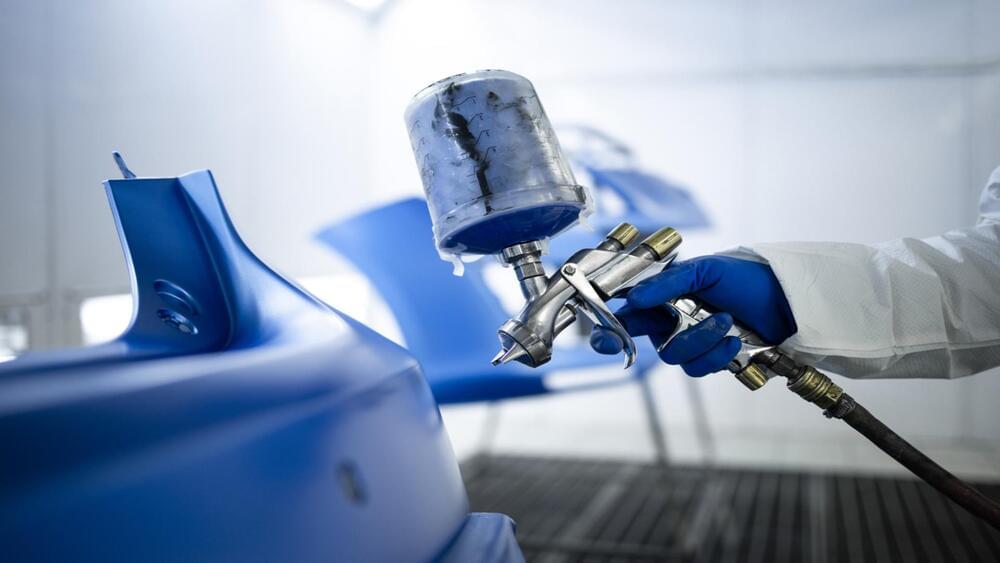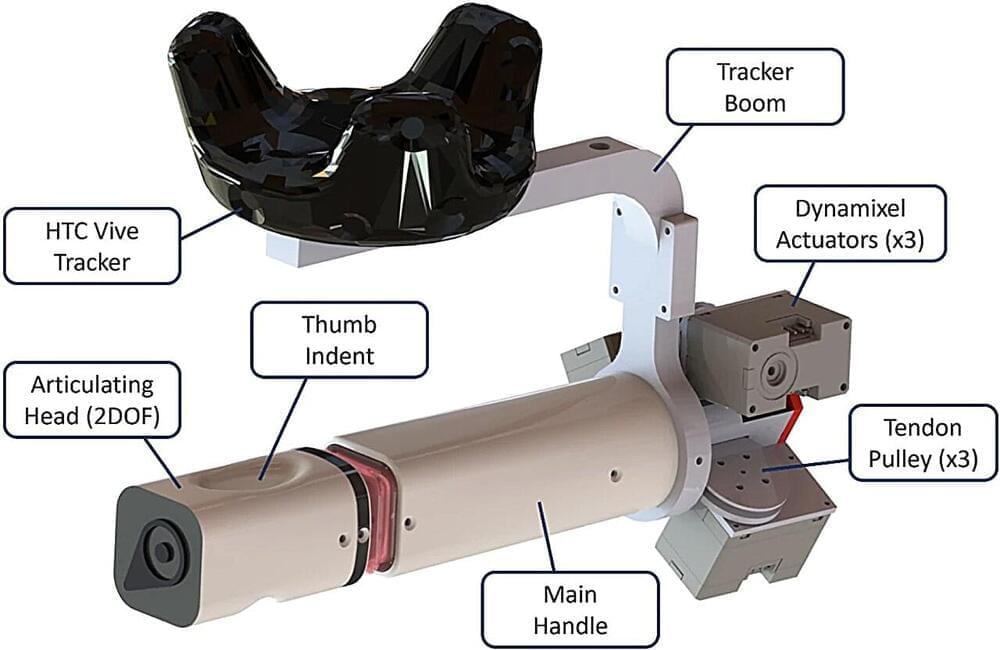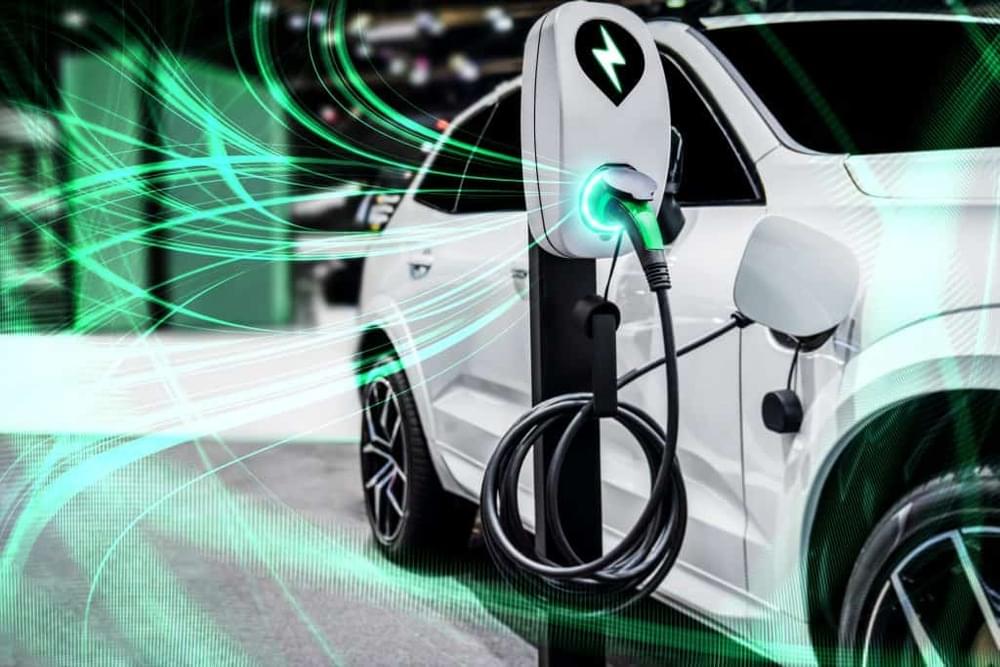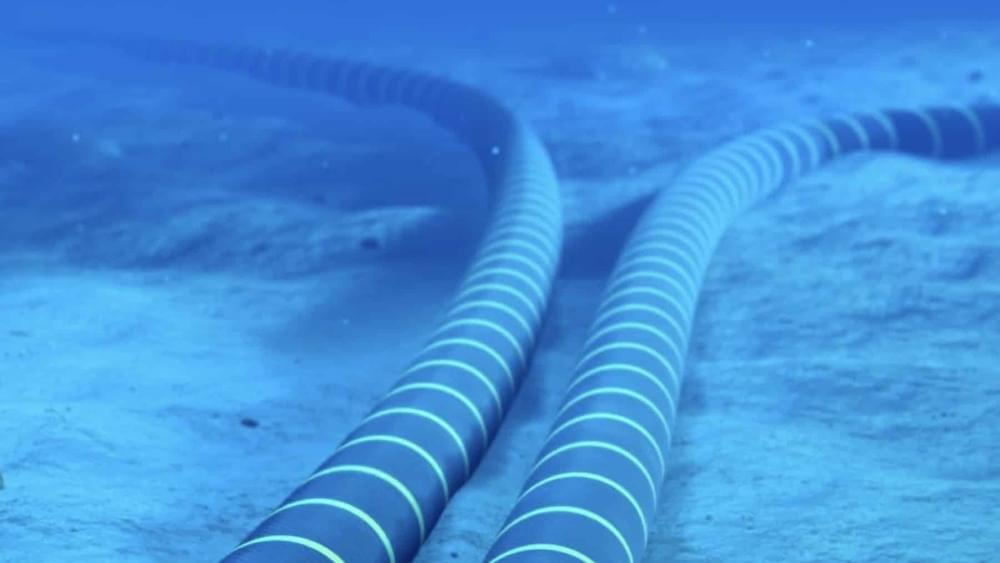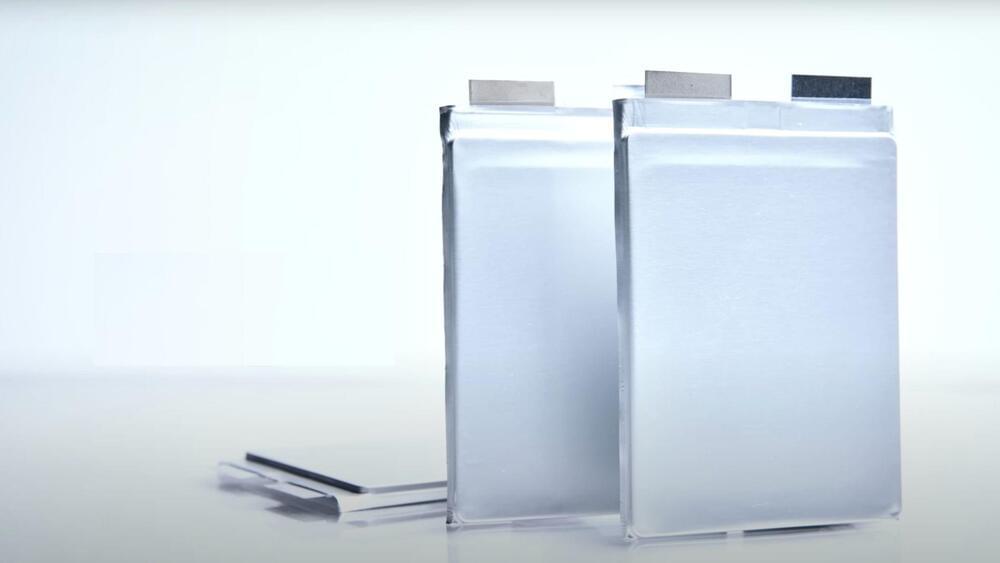Dec 12, 2024
New technique for spotting Dyson rings unveiled
Posted by Shubham Ghosh Roy in categories: energy, satellites
Dyson spheres and rings have always held a special fascination for me. The concept is simple: build a great big structure either as a sphere or ring to harness the energy from a star. Dyson rings are far more simple and feasible to construct and in a recent paper a team of scientists explore how we might detect them by analyzing the light from distant stars. The team suggests they might be able to detect Dyson rings around pulsars using their new technique.
Like their spherical cousins, Dyson rings remain for now, a popular idea in science fiction yet they are starting to appear more and more in scientific debates. The concept of the ring is similar to the sphere, a megastructure designed to encircle a star, harnessing its energy on a gargantuan scale.
It might consist of a series of satellites or even habitats in a circular orbit with solar collectors and unlike the spheres, require far less resources to build. The concept of the sphere was first proposed by physicist and mathematician Freeman Dyson in 1960. Such structures might be detectable and reveal the existence of intelligent civilizations.

